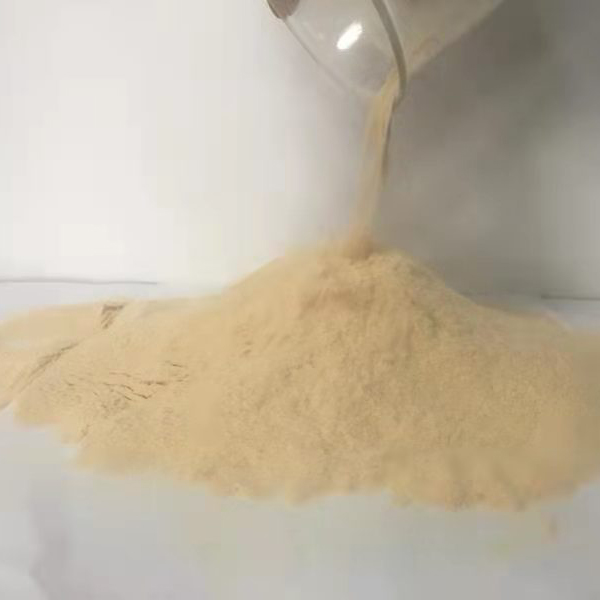
News
Aug . 07, 2024 16:55 Back to list
Flow-Enhanced Chelant Corrosion Mechanisms and Their Impact on Material Durability in Industrial Systems
Flow-Assisted Chelant Corrosion A Comprehensive Overview
Flow-assisted chelant corrosion (FACC) is a complex and often overlooked form of material degradation that occurs in piping systems, heat exchangers, and various industrial equipment. This phenomenon is characterized by the synergistic effect of fluid dynamics and the presence of chelating agents that promote corrosion in metals, primarily affecting carbon steel and other alloys commonly used in processing and transport systems.
Understanding the Mechanism
At the core of flow-assisted chelant corrosion is the interaction between flowing fluids and chelating agents—substances that can form stable complexes with metal ions. In industrial settings, these agents are often used to remove metal ions from liquids, enhance chemical reactions, or facilitate the transport of specific compounds. However, when these agents are present in an environment where there is turbulent or high-velocity flow, they can accelerate the corrosion process.
The presence of turbulent flow increases the mass transport of reactive species to the metal surface, which can enhance anodic and cathodic reactions, leading to faster corrosion rates. When chelating agents like ethylenediaminetetraacetic acid (EDTA) or citric acid are present, they can bond with metal ions released during corrosion, removing them from the immediate environment and allowing further corrosion to occur unchecked. This creates a cycle where the metal continues to degrade at an accelerated rate, leading to potentially catastrophic failures if not mitigated.
Factors Influencing FACC
Several factors influence the rate and severity of flow-assisted chelant corrosion
1. Chemical Composition of Chelants Different chelating agents have varying affinities for metal ions. For instance, agents that chelate iron ions can significantly increase the dissolution rate of the metal.
2. Flow Velocity Higher flow velocities can enhance the rates of mass transfer to the metal surface, leading to more aggressive corrosion.
3. Temperature Elevated temperatures can increase the solubility of the chelating agents and the reaction rates of corrosion processes, making the environment more conducive to FACC.
flow assisted chelant corrosion

4. Metal Composition Different alloys exhibit varying resistance to chelant corrosion. For example, stainless steels may show higher resistance compared to carbon steels due to their protective oxide layers.
Mitigation Strategies
Given the potential for flow-assisted chelant corrosion to compromise system integrity, various strategies can be employed to mitigate its effects
1. Material Selection Choosing corrosion-resistant alloys or coatings can provide a reliable way to combat FACC. Materials with high resistance to pitting and crevice corrosion are usually preferable.
2. Flow Management Adjusting flow velocities or implementing flow restrictions can help minimize the conditions that lead to flow-assisted corrosion.
3. Chemical Management Monitoring and controlling the concentration of chelating agents in process fluids can prevent aggressive corrosion rates. This may involve using inhibitors that minimize the availability of reactive chelating agents.
4. Regular Maintenance and Inspection Implementing a robust maintenance schedule that includes corrosion monitoring and inspections can help identify early signs of FACC, allowing for timely interventions before significant damage occurs.
Conclusion
Flow-assisted chelant corrosion presents a significant challenge in industrial operations, particularly where metal components are exposed to chelating agents and turbulent flows. Understanding the mechanisms, influencing factors, and potential mitigation strategies is essential for engineers and maintenance personnel to safeguard equipment from this hidden threat. By adopting a proactive approach, industries can enhance the durability of their systems and reduce operational risks associated with corrosion.
-
Polyaspartic Acid Salts in Agricultural Fertilizers: A Sustainable Solution
NewsJul.21,2025
-
OEM Chelating Agent Preservative Supplier & Manufacturer High-Quality Customized Solutions
NewsJul.08,2025
-
OEM Potassium Chelating Agent Manufacturer - Custom Potassium Oxalate & Citrate Solutions
NewsJul.08,2025
-
OEM Pentasodium DTPA Chelating Agent Supplier & Manufacturer High Purity & Cost-Effective Solutions
NewsJul.08,2025
-
High-Efficiency Chelated Trace Elements Fertilizer Bulk Supplier & Manufacturer Quotes
NewsJul.07,2025
-
High Quality K Formation for a Chelating Agent – Reliable Manufacturer & Supplier
NewsJul.07,2025
